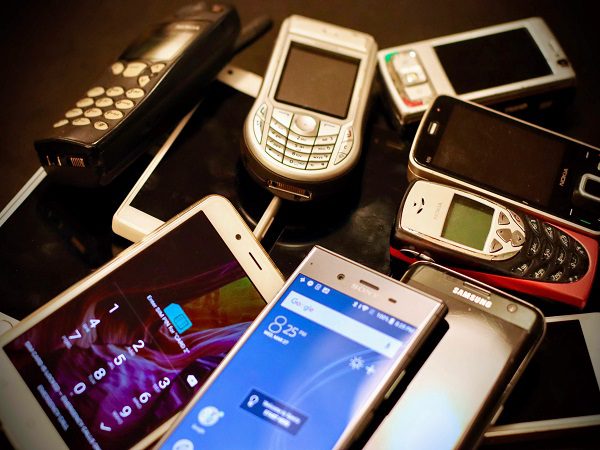Introduction
In the era of technological marvels, cell phones have become an integral part of our daily lives, transforming the way we communicate, work, and entertain ourselves. However, as we revel in the advancements of mobile technology, it’s crucial to shed light on the environmental repercussions of cell phone manufacturing and disposal. This article aims to unravel the intricate web of ecological impact woven by these ubiquitous gadgets, examining the entire life cycle from production to disposal.
Cell Phone Manufacturing:
A Carbon Footprint Unveiled
The production of cell phones involves a complex supply chain, starting with the extraction of raw materials. From the mining of minerals like coltan, which is essential for manufacturing capacitors, to the extraction of rare earth elements used in display screens, the environmental toll is substantial. Deforestation, habitat destruction, and the release of harmful pollutants during mining contribute to a significant carbon footprint.
Additionally, the manufacturing process itself is energy-intensive. The production of semiconductors, the heart of any electronic device, requires immense amounts of electricity. Often, this energy comes from non-renewable sources, exacerbating the environmental impact. Cell phone manufacturers are increasingly under pressure to adopt sustainable practices and invest in renewable energy sources to mitigate their carbon footprint.
E-Waste: The Dark Side of Technological Progress
As technology advances at an unprecedented pace, the turnover rate of electronic devices, including cell phones, has accelerated. This rampant consumerism has given rise to a pressing issue – electronic waste (e-waste). Disposing of old cell phones and electronic gadgets poses a serious threat to the environment and human health.
E-waste is laden with hazardous substances such as lead, mercury, cadmium, and brominated flame retardants. When improperly disposed of in landfills, these toxic components can leach into the soil and water, contaminating ecosystems and posing risks to both wildlife and humans. To tackle this issue, recycling initiatives have emerged, encouraging consumers to responsibly dispose of their old cell phones and electronic devices.
The Recycling Conundrum
While recycling presents itself as a viable solution to curb the environmental impact of e-waste, challenges persist. Many consumers are unaware of the importance of recycling their old cell phones, leading to a significant portion ending up in landfills. Additionally, the recycling process itself can be resource-intensive, requiring sophisticated technologies to extract valuable materials from electronic waste.
Moreover, the global nature of the electronics supply chain complicates recycling efforts. Cell phones often contain components sourced from various countries, each with its own set of regulations and standards for recycling. Harmonizing these regulations and establishing a seamless recycling infrastructure is imperative to maximize the environmental benefits of recycling electronic devices.
Green Innovations: Paving the Way to a Sustainable Future
Amidst growing concerns about the environmental impact of cell phones, the tech industry is not oblivious to its responsibility. Innovations are emerging to create more sustainable devices. Companies are exploring alternative materials, such as bioplastics and recycled metals, to manufacture cell phones. Modular designs are gaining traction, allowing users to replace individual components rather than discarding the entire device.
Furthermore, there is a push towards a circular economy, where products are designed with recycling in mind. Extended producer responsibility (EPR) programs are being implemented, making manufacturers accountable for the end-of-life disposal of their products. These initiatives mark a positive shift towards a more sustainable and eco-friendly approach to technology.
Conclusion
As we continue to embrace the digital age, it’s crucial to be cognizant of the environmental impact accompanying our technological strides. The life cycle of a cell phone, from manufacturing to disposal, leaves an indelible mark on the planet. Awareness, responsible consumer choices, and industry innovations are key in mitigating the environmental footprint of cell phones. By fostering a culture of sustainability, we can pave the way for a future where technological progress coexists harmoniously with the health of our planet.



































